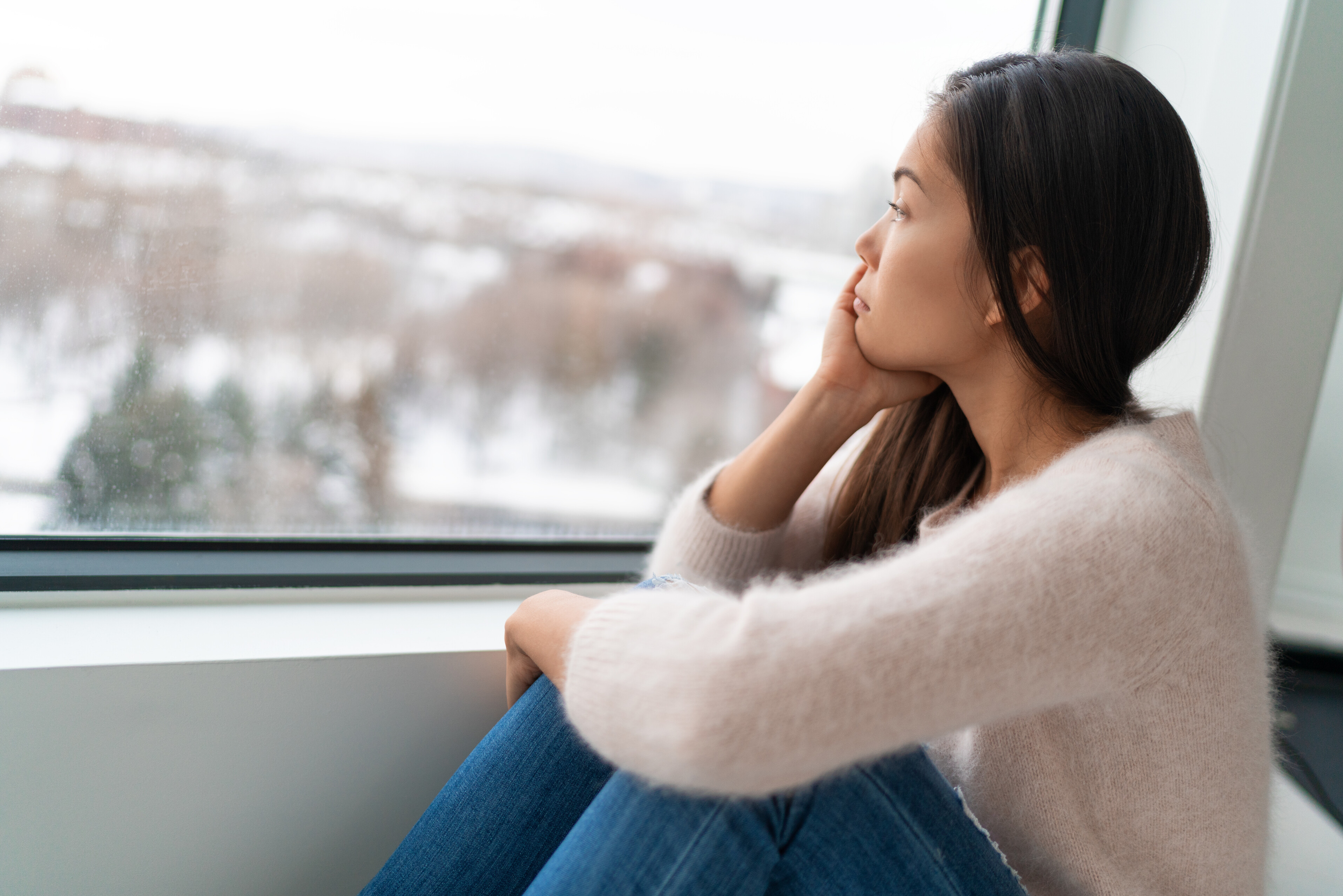
If you dread the coming weather, you're not alone. And if you find that your mood changes for the worse as the days get shorter and colder, it may not be just the "winter blues." Seasonal Affective Disorder (SAD) is a genuine depressive disorder.
"Fall is such a beautiful season," says Dr. Jill Hup, a Summit Health family medicine physician. "But it's not happy for a lot of people." In any given year, she notes, 5 percent of the population experiences SAD, and that percentage climbs to 10 percent as you go further into the northern latitudes. Women of childbearing age are four times as likely to suffer as men of the same age, although those numbers even out as the age groups get older.
What is SAD?
SAD is a type of depression that begins and ends roughly around the same time every year. Dr. Hup says, “Although it can occur at other times of the year, especially in a year like this with many of us isolated in our homes, it usually starts in fall.” That's because it really does have biological components. The main triggers are changes in circadian rhythms and less light hitting the retina as daylight hours shrink.
People who suffer from SAD may also be genetically predisposed. "It's multifactorial," Dr. Hup says. "You can't just chalk it up to mood disturbances. This year, being indoors may really exacerbate it. We clinicians all have our antennae up."
Symptoms of SAD
Symptoms of SAD are similar to other forms of depression. They may begin mildly or start severely. Here are the signs to watch out for:
- Feelings of depression that don't go away even as you still experience other emotions
- Changes in sleep patterns; sleeping more or less
- Changes in appetite; eating more or less
- Loss of interest in hobbies or activities
- Changes in energy levels; too little or too much
- Brain fog
- Feelings of guilt, self-loathing, worthlessness
- Loss of hope
- Fixation on death or thoughts of suicide
Treatments for SAD
As with any other disorder, the best way to treat SAD is to visit your physician for a formal diagnosis and to come up with a treatment plan. Many people who suffer from SAD "feel depressed 40-50 percent of the year, which has an impact on interaction with family and friends and on their performance at work," says Dr. Hup. But, she adds, there are three effective treatment modalities.
- Light therapy: Via a small, affordable lamp, patients expose their eyes to 10,000 lux of fluorescent light for 30 minutes every morning. Symptoms often begin to abate in one to two weeks. Side effects might include a headache, which is mild and short-lived.
- Medication: Anti-depressants can also work. Patients can start on low doses and increase as needed, then taper off come spring. Some anti-depressants begin working within one to two weeks, while others take longer. Side effects include low libido.
- Cognitive behavioral therapy: Patients work with a therapist to improve their symptoms, mood, thought processes, and behavior, and understand what's happening biologically. While this may take longer to work, patients also learn proactivity and employ learned techniques regarding reoccurrence. "Having that mind-body connection is helpful for patients to see how their behavior is triggered," says Dr. Hup.
Keep in mind that all three treatments require some time to take effect. Dr. Hup also emphasizes the importance of following up with your physician to "take the temperature" of your moods on a regular basis.
